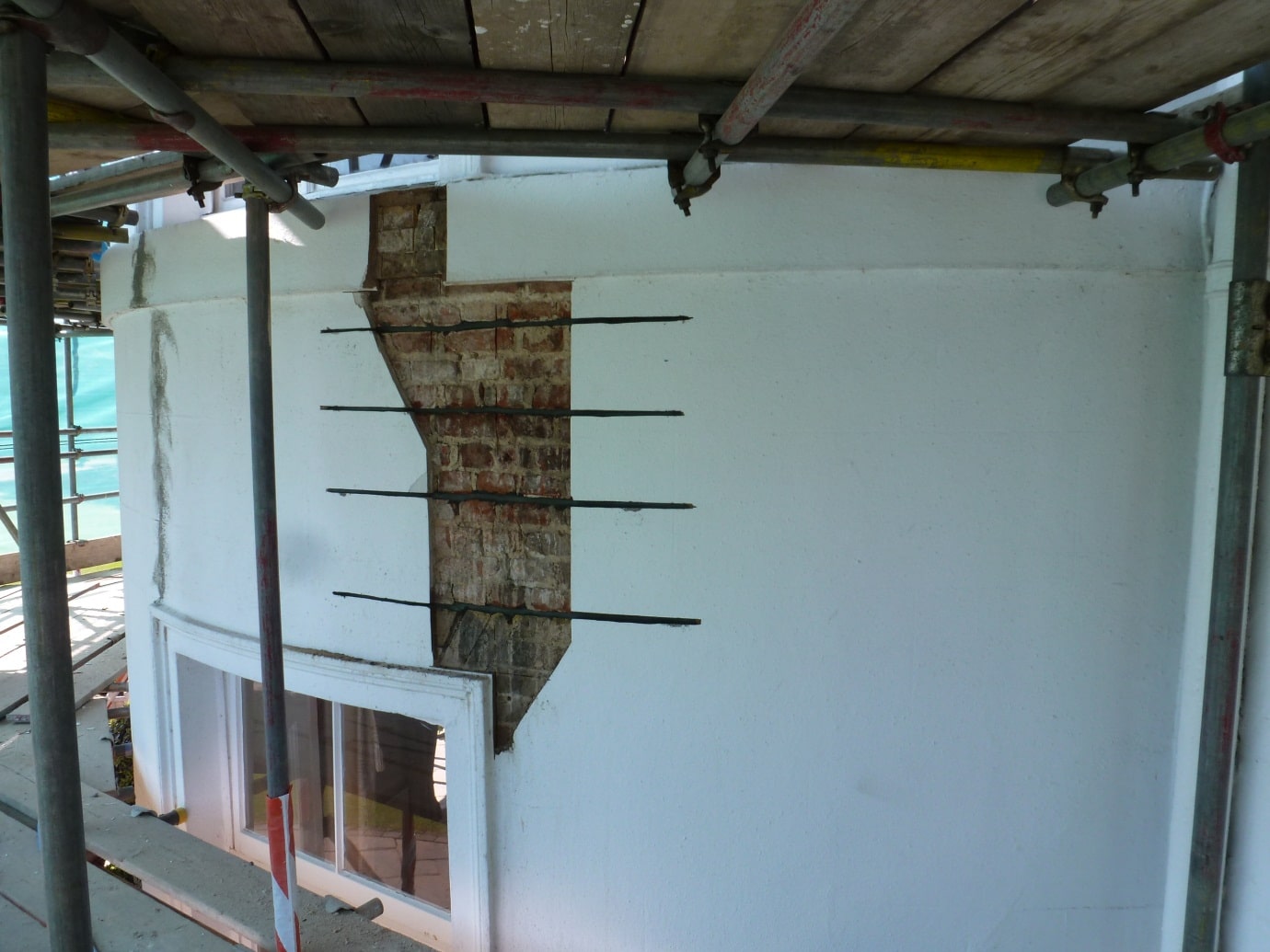
15 Aug When and Why Is Underpinning Needed?
Underpinning your home is a major decision. Ignoring it when it’s needed can be far more costly than paying to have it done, but it’s still expensive, and you don’t want to be spending that money unnecessarily.
So how do you tell whether underpinning is needed, rather than simpler remedies?
What is Underpinning?
Underpinning is the term used for any of several methods for strengthening the foundations of an existing building. So-called traditional underpinning, also known as mass-concrete underpinning, involves digging out sections beneath the foundations, one at a time, and filling them with concrete.
This is a laborious and disruptive method and, while it’s sometimes the best approach, most domestic underpinning today tends to be done by mini-piling. This involves either boring or driving piles down below the foundations, transferring the weight of the building to a firmer layer of subsoil.
Why Is Underpinning Needed?
The most usual reason for underpinning to be required is that there’s been subsidence, which can damage the building’s structural stability and even lead to collapse. This can be for a number of reasons:
- The original foundations are inadequate for the load — particularly likely in older buildings.
- The soil quality is poor, often due to a high water table.
- There are excavations, such as old mine workings, beneath the building.
- There are tree roots growing beneath the foundations.
However, underpinning may be needed for entirely different reasons, If you’re extending the building, especially upwards, or putting in a basement, the original foundations may not be enough for the extra load. Alternatively, overburdened drains may weaken the soil, or a new damp course may require the ground level to be lowered, reducing support from the foundations.
When is Underpinning Needed?
In most of these cases, the best way of dealing with the issue is by having underpinning installed. Certainly, if you’re proposing to extend your property, you should consult the architect, if they don’t mention the issue themselves.
There are numerous signs that the building is suffering from subsidence. These include substantial cracks on the walls, inside or out, or the frames for the doors and windows pulling away from the masonry.
These are all signs that underpinning may well be needed — but not necessarily. For example, if the subsidence is caused by tree roots or leaking drains, removing the roots or repairing the drains will often allow the soil to repair itself. However, sometimes the damage is already too great, or else removing the trees compacts the soil and causes heave, which can also need underpinning to counteract its effects.
Underpinning is a major investment, and you don’t want to spend out if it’s unnecessary. On the other hand, ignoring the problem could lead to far more substantial costs — even having to rebuild the property.
If you’re unsure whether your home needs to be underpinned, give us a call and we’ll give you an expert assessment of your options.




